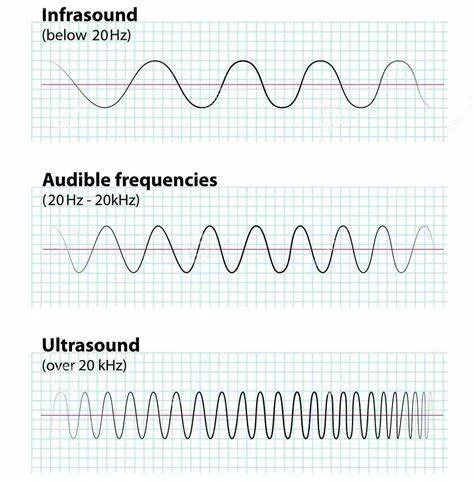INFRASOUND
Ghosts, specters and bumps in the night have fascinated humankind for centuries. The first literary reference to ghosts is found in the epic Gilgamesh, which was written between 2150 and 1400 B.C. and is considered the oldest piece of Western literature. And a 2005 Gallup poll showed that three out of four Americans believe in the paranormal, and 21 percent believe they have communicated with or made contact with the paranormal.
So, are ghosts real?
There are so many belief systems today, it's hard to give a solid answer one way or another.
The main focus here is on the science behind hauntings. Even if you don't admit you believe in ghosts, it turns out there might be several explanations for a haunting, one of which is infrasound. Infrasound refers to low-frequency sounds vibrating from 0.1 to 20 Hz, just below the threshold of human hearing. Infrasound Monitors have been used for monitoring earthquakes, in World War I for locating artillery. But it was engineer Vic Tandy in 1980 who discovered that infrasound could be responsible for perceived "hauntings."
In his paper "Ghost in the Machine," Tandy describes working in a laboratory that had a reputation for being eerie. People complained of feeling anxious and uncomfortable there. Tandy himself thought he saw an apparition. One day, a fencing foil clamped in a vise started vibrating for no reason. He found a fan emitting noise at a frequency of 19 Hz, and when it was turned off, the noise — and the feelings of discomfort — disappeared. Tandy found that these low-frequency vibrations caused blurred vision, dizziness and feelings of fear in humans. He repeated his experiment at several locations that were reputed to be haunted.
Theoretically there are many different kinds of ghosts, so this can't account for every spectral incident. However, it is one possibility that should not be overlooked.


